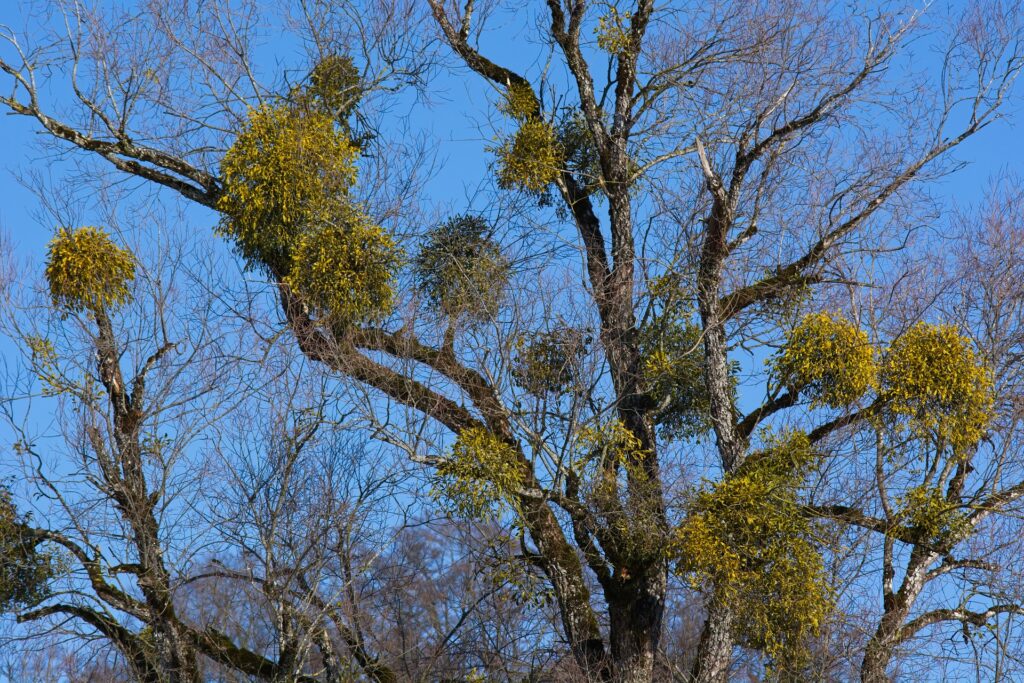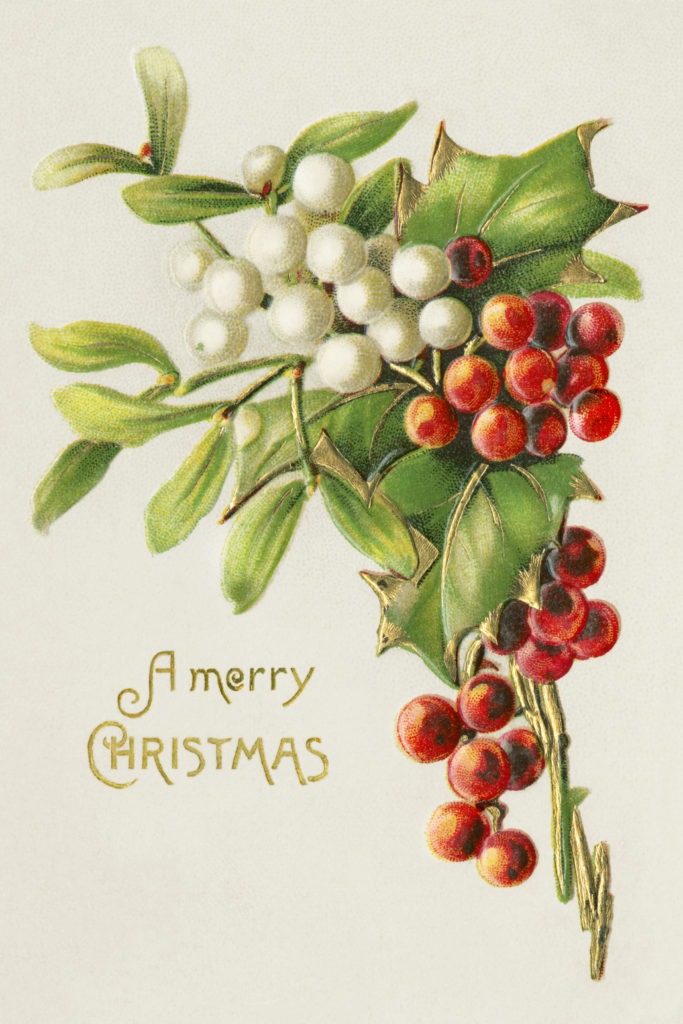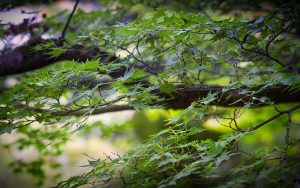
It drives the plot of many a holiday movie: The hero and heroine find themselves under a clump of mistletoe and have no choice but to kiss. Cue wedding bells.
Many plants play an important role in holiday celebrations, from evergreen trees to poinsettias, but mistletoe is unique in many ways. It is not only a major player in multiple Western mythologies but also a fascinating example of hemi-parasitism.
Let’s back up a bit. More than 1,000 species of mistletoe are found around the world, and botanists class all of them as “hemi-parasites.” This means that while they use photosynthesis to draw some of their energy from the sun, they also attach themselves to the stems of trees and draw nutrients from the branches. Generally, the mistletoe and its host tree can coexist, but mistletoes can sometimes kill their hosts by depriving them of nutrients. Nevertheless, mistletoes are generally viewed as playing important roles in the ecosystems in which they evolved.

Mistletoe can be striking in the winter, as the green leaves and white or red berries, depending on the species, stand in bright contrast to the bare branches of their host trees. Many early cultures considered mistletoe a sacred plant, and numerous myths grew up around it. For example, ancient Druids are believed to have used mistletoe in a ceremony that involved the sacrifice of two white bulls. In a Norse legend, the beloved god Baldur was killed by an arrow made of mistletoe in a sinister trick by the god Loki. In the Roman epic The Aeneid, the hero Aeneas uses a golden bough of mistletoe to enter the realm of the dead and speak to his father’s ghost.
The association of mistletoe with love and kisses dates back to Greek and Roman marriage ceremonies, and the tradition of decorating with hanging clumps of mistletoe began during the Roman winter holiday Saturnalia. It’s not clear exactly when mistletoe became associated with Christmas, but by the 18th century it was a well-established part of winter holiday celebrations. According to one tradition, women caught under mistletoe had to return any kiss or not receive any marriage proposals for a year.
Those curious about mistletoe should consult the newly released title from BRIT Press, Mistletoes of the Continental United States and Canada by Robert L. Mathiasen. The book serves as a field guide to mistletoes and includes information on the role of the plants within their ecosystems and their relationships with organisms including birds, mammals, insects and fungi.
The next time you find yourself under a clump of mistletoe, take a moment to contemplate the history and botany of this remarkable plant—or just kiss your special someone. The choice is yours!
 | Shop the BRIT Press holiday sale for the plant lover in your life. Save up to 50 percent off on select titles. Sale begins on Black Friday. |







